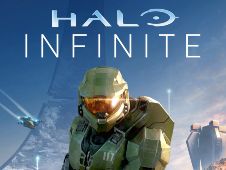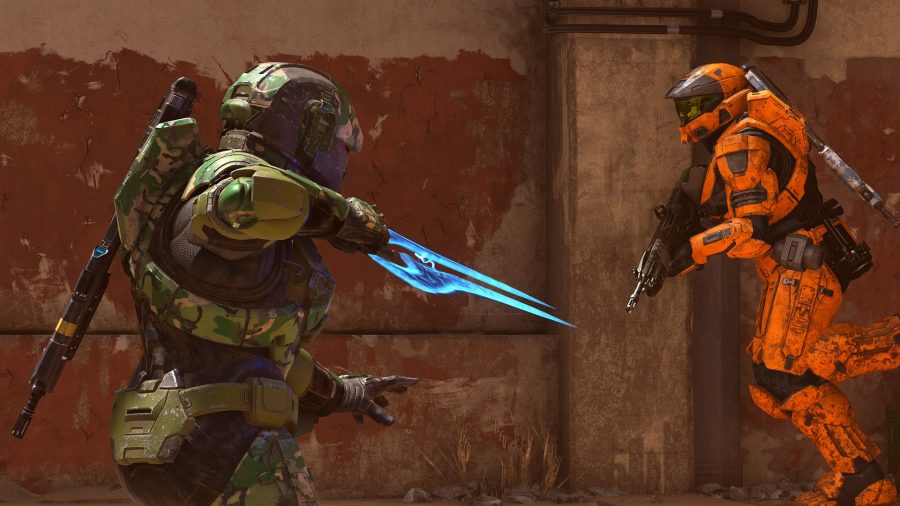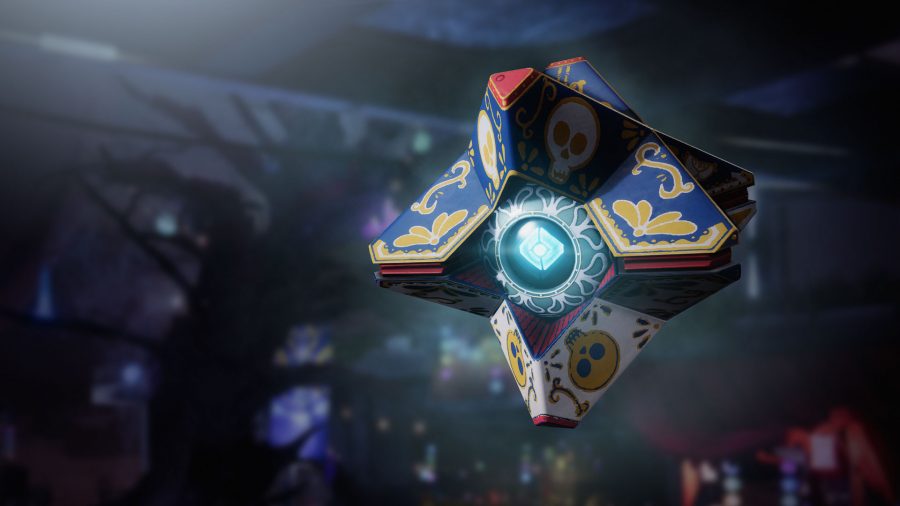Halo Infinite is coming, and from what we’ve seen so far, it could see the multiplayer game head in new directions. As we contemplate what Halo may or may not become, I can’t help but think of its creator.
While the series has been evolving under the care of 343 ever since Bungie handed over the reins in 2010, Bungie itself has also evolved, moving on to create its looter shooter series Destiny. The studio began this journey in partnership with Activision, but since early 2019 has continued as a self-published independent studio. As we compare Bungie and 343’s respective eras of Halo, a question emerges: what if Bungie were making Halo: Infinite
Let’s be clear, this is not an exercise in dumping on 343 Industries. The studio is finishing the fight that Bungie started, and there’s plenty of good and not-so-good things that could be said about its take on the series, just as there are good and bad things about Bungie’s Halo games. This isn’t about whether Bungie could do it better. This is about what Destiny can tell us about what a Bungie-led Halo would look like today.
We don’t know where the studio would have taken the Halo universe after Halo 3, but there are larger things to consider, most notably Bungie itself. The studio has exploded in size since it released Halo: Reach in 2010, added a whole slew of new design and development competencies, and tackled challenges that it never did with Halo. A Bungie-made Halo, ten years after the studio parted ways with the franchise, would probably look very different to what we’re getting with Halo: Infinite.
Or would it?
To date, Halo games can be defined as first-person shooters with traditional, deathmatch-style multiplayer and narrative-led, single-player (or co-op) campaigns that skew towards linear level design. Halo: Infinite, on the other hand, is seemingly taking the campaign in a new direction, offering an open-world set-up that’s in keeping with current gaming trends, although we don’t know the full extent of what this would look like yet. But Bungie already pivoted to this kind of design with Destiny.
I don’t see the Chief ditching his Battle Rifle for another with better stats or a shiny ‘Exotic’ designation
Destiny offers a variety of different spaces and modes for its players. A campaign and vaguely Halo-esque multiplayer remain, but so do raids, dungeons, ‘strikes’, PvPvE, and open-world areas that encourage exploration and feature public events. MMO purists may sneer, but plenty of people see Destiny that way. Social spaces, campaign missions, PvP and PvE multiplayer all bubble together happily in one unified melting pot.
A Bungie-led Halo, especially under the eyes of Microsoft, may not try to do too many new things too quickly, but it’s easy to imagine a more open, experimental Halo coming out of the studio in 2021. Multiplayer is obviously a huge part of Halo’s makeup, and has been from the beginning. Halo deserves most of the credit for powering the early days of console multiplayer, for example, and I don’t think Bungie would feel a need to change the existing formula, instead focusing its efforts on the open-world and the storytelling.
While Destiny also pioneered the current phase of looter shooters, I assume Bungie wouldn’t take Halo too far down this path. The world of the Master Chief is grounded when it comes to military hardware; I don’t see the Chief ditching his Battle Rifle for another with better stats or a shiny ‘Exotic’ designation. If we accept that the Halo multiplayer we see IRL is the same kind of offering that Bungie would keep – with fixed weapon sets and fine-tuned loadouts – then this would likely bleed into the solo and PvE content.
the world of Destiny is powerful, poetic sci-fi, but Bungie has had to learn how to tell that story
Two fundamental questions arise when contemplating a new Bungie-led Halo: has the studio got any better at making games, and has it got any better at telling stories?
We’ve touched on many aspects of the former already, but it’s perhaps worth drawing the point to a close with some final observations about Destiny as a series. As popular as it’s been, even the keenest fan wouldn’t claim it’s been perfect. Even in 2021 it’s clear that despite the years of development and learning, the studio still fundamentally struggles with some of the nuances around managing and catering to what is a very different kind of community. Most of the recent controversies, whether it’s the content vault, sunsetting, the latest kerfuffle over the cost of Dungeon content in the Witch Queen, or the constant question of Eververse creep, one thread is consistent: monetisation.
But what about Destiny’s story-telling? I’m a big fan of the wider Halo lore and universe, despite some of the slightly odd directions 343 has decided to go in. Bungie’s chapters in this tale were quite focused, narrow affairs. Backstory revealed itself rather reluctantly, and Bungie’s Halo games focused squarely on the Chief and his personal journey through the twilight of a desperate, highly destructive war. ODST and Reach introduce new characters, themes, and a vision for the series, but their narratives were equally as compact. There’s a little dark shading in the background with the Flood, the Forerunners, and the Covenant, but it’s nothing compared to the scope and grandeur of Destiny.
I have it on good authority – that of our editor and resident Destiny expert Rich – that the world of Destiny is powerful, poetic science-fiction, but it’s worth bearing in mind that Bungie has had to learn, falteringly, how to tell that story. Destiny 1 was roundly mocked for its nonsensical campaign, which felt like drowning in a soup of proper nouns unless you checked a phone app for its unlockable grimoire cards. Destiny 2 embraced in-game storytelling, but has generally still done a pretty poor job of introducing the wider lore; it’s only since Beyond Light introduced the current form of season-long story arcs that Bungie has really upped its game in this regard.
One would hope then, that between Bungie’s established pedigree with linear narratives, and the skills it has developed introducing players to lore in an open-world context, a new Bungie-made Halo would be able to leverage the best of both worlds. Destiny 2 has struggled to imitate the tight direction of Halo’s single-player campaigns, which is partly because so much of it needs to be set in open worlds or to form the basis for repeatable quests like the Empire Hunts, but there’s good reason to hope Bungie hasn’t lost its touch. As Rich says in his reviews of Shadowkeep and Beyond Light, Destiny’s campaigns can still produce stirring sights or atmospheric set pieces that had him wishing for a single-player Destiny. Perhaps, in turn, such moments offer glimpses of that kind of Halo the studio would make today.
Halo Infinite is about to embark on a new, if familiar, journey with its fans in early December. Despite being larger, wiser, and now free to do what it likes, Bungie doesn’t seem to be in a hurry to move on from Destiny 2. Despite complaints and controversy, the general consensus is that Destiny 2 is the best it’s ever been.
We will likely never know what a legitimately new Bungie Halo game would look like, but perhaps we don’t need to. Bungie has a tradition of keeping its legacy alive in subsequent releases, and if Halo is an extension of the original Marathon games, then perhaps Destiny is an extension of Halo. Except, it’s a vision of Halo freed from the shackles of a protagonist catapulted to mainstream success, and one free to explore a unique sci-fi world to its full potential.

{“schema”:{“page”:{“content”:{“headline”:”What if: Halo Infinite was a Bungie game?”,”type”:”feature”,”category”:”halo-infinite”},”user”:{“loginstatus”:false},”game”:{“publisher”:”Microsoft”,”genre”:””,”title”:”Halo Infinite”,”genres”:[]}}}}





